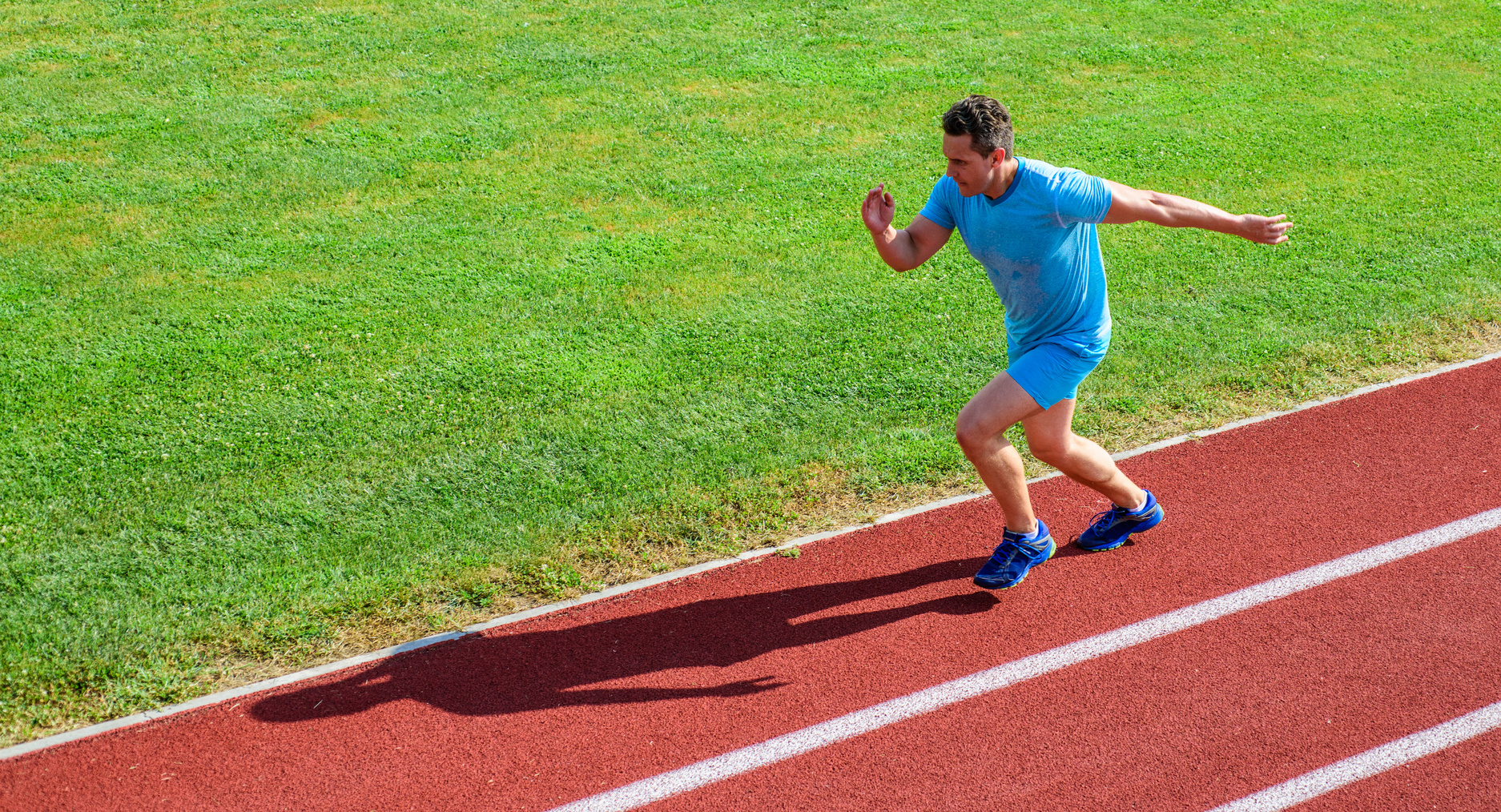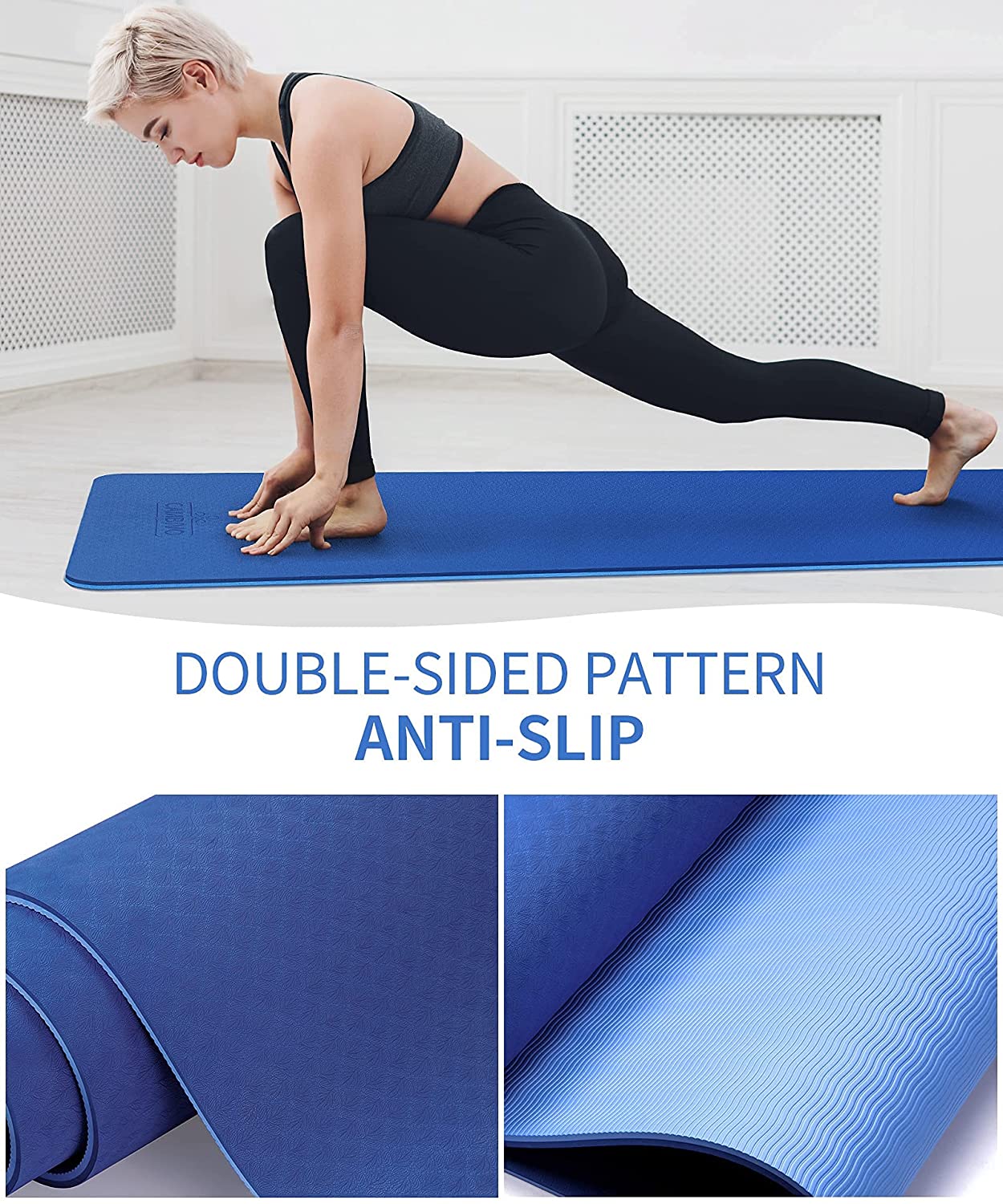Are your feet on the same page as your running goals?
Whether you’re just starting your running journey or you’ve logged more miles than you can count, there’s one thing you need to know: pronation.
It’s not just a fancy term; it’s the secret language your feet speak while you run.
Join me in this article as we decipher the pronation code together.
We’ll dive into overpronation, underpronation, the risks they pose, and the roadmap to keep your feet and your runs in perfect harmony.
So, let’s lace up and unravel the mysteries of pronation!
What is Pronation?
Let’s demystify this term called “pronation.”
No need for complicated jargon – it’s just how your feet naturally move when you walk or run.
Your heel touches the ground on the outside, then your foot gently rolls inward about 15 percent, and finally, the whole foot makes solid contact before you push off with your forefoot.
In an ideal world, your foot’s arch curves upward, playing its part in distributing weight and impact evenly. This little arch helps safeguard your muscles, joints, and ligaments. But here’s the twist – if your pronation is too little or too much, it can stir up trouble.
So, there are three pronation personalities out there: the neutral arches, the high arches, and the flat feet crew. Which one are you? Determining your pronation type is like solving a fun puzzle, and we’ll explore it in a bit. But remember, it’s not just about labeling your feet; it’s about understanding how they can affect your running adventures.
How To Determine Which One Are You
Let’s unlock the secret to determining your pronation type without breaking a sweat. No need for fancy equipment or a specialist – all you need is a bit of water, a container, and a plain piece of cardboard. Let’s call it the “Wet Test.”
Here’s your step-by-step guide to mastering this test:
Begin by pouring a thin layer of water into a shallow pan, ensuring it’s spacious enough for your foot and the water to cover the entire sole.
Take a step into the water and let your foot get thoroughly wet. Gently lift your foot out of the pan, making sure not to leave any aquatic footprints behind.
Shake off any extra droplets from your foot and confidently step onto a shopping bag, a flattened brown paper bag, or a piece of cardboard. Aim for a perfect imprint.
Now comes the fun part – step off and take a look at the imprint you’ve created. Here’s what you need to know:
Neutral Arch
If your imprint reveals roughly half of your arch, congratulations! You have a normal arch, which is the most common foot type. This means you’re in the normal pronation club, which is like being a smooth operator in the world of running.
High Arch
If your imprint shows only the ball of your foot and your heel, with a slender line on the outside (or not much in between), you have high arches. Embrace your unique foot structure as you’re part of an exclusive club. High arches often come with their own set of perks and challenges, which we’ll explore.
Flat Arch
If your footprint looks like a fully filled-in foot, lacking any significant curve in the center, then you likely have flat feet. This suggests that you might be an overpronator. Don’t worry; we’ll dive deeper into what this means and how it can affect your running game.
Additional Resource – Here’s your guide to running shoes for flat feet.
Underpronation Explained
Underpronation, or supination, is when your ankle doesn’t get with the program and refuses to roll inward sufficiently—less than a 15 percent roll—when your foot strikes the ground or pushes off. This, in turn, forces the outer edge to do all the heavy lifting.
Now, let’s talk about the consequences. Excessive underpronation can lead to serious issues. You’re putting excessive pressure on your toes and ankle, which can lead to discomfort, damage, and foot injuries that no runner wants to deal with. Plantar fasciitis and ankle sprains are common companions for overpronator runners.
Your feet have a language of their own, and when they’re underpronating, they’re screaming for help. Depending on how much time you spend on your feet, the symptoms can vary.
The telltale sign is a pain in your foot’s arch, with the extra strain on the ball of your foot and the surrounding tissue, thanks to your unusual gait. Calluses, shin splints, bunions, and discomfort in the balls of your feet and heels may come knocking.
What’s more?
Your trusty running shoes can tell a story, too. If you’re an underpronator, they might display uneven wear and tear on the outside edge of the sole. It’s like your shoes are secretly trying to communicate your gait issues to you.
Causes Of Underpronation
Underpronation has its roots deeply planted in your biology. In many cases, you can blame your genes for this one. If you find yourself underpronating, it might be because you were born with feet that lean towards this rebellious tendency. Maybe it’s those genetics that gave you a leg length discrepancy or graced you with high arches.
Thanks, Mom and Dad!
But don’t let your DNA take all the blame. Sometimes, lifestyle choices and circumstances play a part in this underpronation saga. Overuse, injuries, or hours spent standing on unforgiving concrete jungles can contribute to this foot rebellion.
It’s like your feet are saying, “Hey, we’ve had enough!”
Understanding the root causes of your underpronation is like solving a mystery. Whether it’s genetics or life’s wear and tear, knowing why your feet march to their own beat is the first step toward finding solutions.
Shoes for Underpronators
When you’re a rebel underpronator, your feet demand a different kind of rebellion – one against ill-fitting and unsupportive shoes. You’ve got to show your feet some love with supportive and well-fitted running shoes. Cushioning and toe room become your allies in this battle.
Picture this: your feet are like high-performance race cars. They need that perfect balance of cushioning and flexibility to navigate the tricky terrain of the running track. Cushioned shoes, the superheroes of the running world, are your best bet. They’re light and flexible and offer your high-arched feet the freedom to move while reducing the stress on your precious soles, especially the heel.
Now, here’s the best news – there’s a treasure trove of running shoes designed just for you, the supinator extraordinaire. These shoes bring the perfect blend of flexibility, cushion, and heel support to counteract that rebellious outward roll of your foot.
But wait, there’s more. If you’re in the supination hall of fame, you might want to consider calling in the big guns – a podiatrist. Custom orthotics could be your secret weapon. These are like the special forces of foot support. Opt for flat ones with a deep heel cup, and let them work their magic.
Who Is At Risk Of Underpronation?
Underpronation isn’t a one-size-fits-all issue; it has its favorite candidates. If you find yourself in any of these categories, you might just be the chosen one:
High Arches:
If you’ve got arches that reach for the sky, you’re at an increased risk of underpronation. Your feet are like the rebels of the arch world, and they like to do things their way.
Foot or Leg Injuries:
Sometimes, injuries can mess with your natural gait. Whether it’s knee injuries, shin splints, or the notorious hammertoes, these troublemakers can lead to underpronation.
Achilles Tendon Tightness:
When your Achilles tendon decides to go all rigid and inflexible, it can make your feet rebel against the norm, leading to underpronation.
Wrong Running Footwear:
Wearing the wrong shoes for your feet is like putting a square peg in a round hole. If your shoes don’t support your unique foot structure, underpronation might just be the consequence.
Exercises For Supinators
There are a few exercises designed to help people who supinate by stretching the leg muscle to improve the ankle range of motion.
Some of these include
Calf raises
Ankle flexion
Forward bends
Calf Foam rolls
Foot pulls
Overpronation Explained
Overpronation, also known as the overzealous inward roll, is like that friend who just can’t stay in their lane. Here’s how it goes:
Your foot decides to break the ice with the ground using the outside of the heel, a bit of a rebel move.
Rollin’, Rollin’, Rollin’: Then, it takes a dramatic turn inward, far more than your average Joe’s foot.
Instead of a coordinated push-off from all your toes, it’s the big toe and its sidekick, the second toe, that do all the heavy lifting. Talk about unfair!
To top it off, your foot decides it’s auditioning for a dance show and twists excessively with every step.
The Symptoms
Overpronation can wreak havoc on your toes and tendons. Here’s the inside scoop:
Big and second toes bear the brunt of this havoc, enduring all that excessive stress.
What’s more?
The posterior tibialis tendon, the unsung hero of your lower leg, gets strained due to the foot’s over-the-top antics. This can lead to shin splints and issues with the tendon’s functioning.
When it comes too footwear, your shoes also have a story to tell. Check them out and and if you notice uneven wear on the inner part of the sole. It’s like the telltale sign of this common gait issue.
Additional guide – Running with bunions guide
Running Shoes For Overpronators
For the overpronators out there, choosing the right shoes can be a game-changer.
Here’s the shoe shopping guide:
Stability Shoes:
These are your go-to if you’re dealing with mild overpronation. They offer the right balance of support and cushioning.
Motion-Control Shoes:
When your overpronation is putting on a real show, it’s time for these heavyweights. They’re stiffer and more structured, providing that extra oomph to correct your gait.
Orthotics:
If you’re in the extreme overpronation league, custom orthotics might be your ticket to stability. But remember, it’s a discussion best had with your trusty podiatrist. Inserts aren’t always the magic solution.
Overpronation Exercises
Again, there are a few exercises that can help runners who overpronate.
These include
Foot rolls
Big toe stretch
Towel curls
Arch lifts
When to see a doctor
Don’t ignore those aching feet! Here’s when to give your trusted healthcare pros a call:
Chronic Foot Pain:
If your feet are putting on a constant painful performance, it’s time to consult a doctor or podiatrist. They’ll be your foot’s best friend.
Sports Trainer, Physical Therapist, or Chiropractor: Sometimes, you need specialized help. These pros can work wonders in getting you back on your feet (literally).
Gait Analysis:
One of the best measures you can take is to have your walking/running gait analyzed. Thee can help:
- Enhance your running technique
- It helps find the most suitable running shoes
- Prescribe the right orthotics to address your specific needs or shortcomings
- Prescribe the right strengthening and stretching exercises to deal with supination or excess pronation
And so much more.









